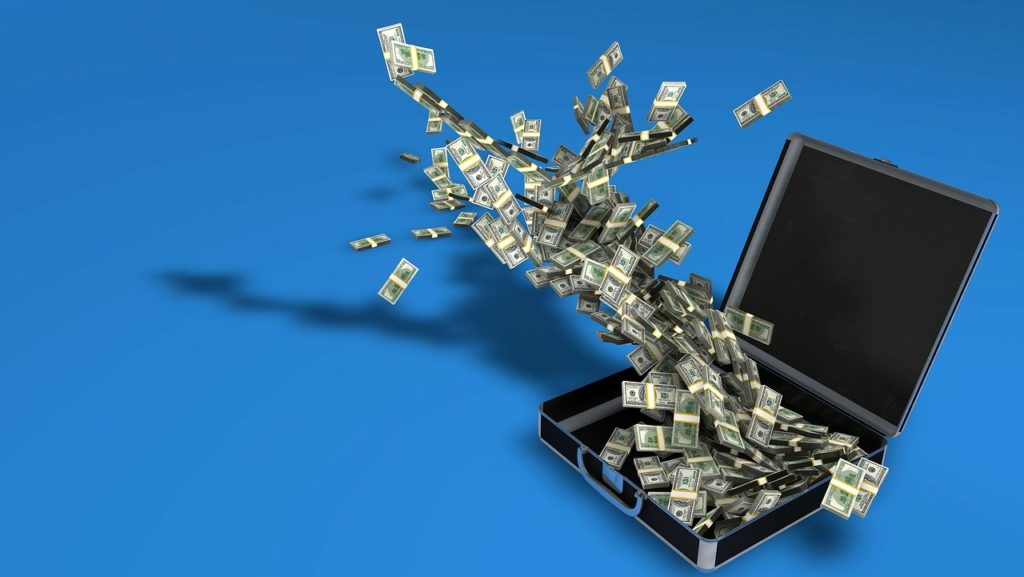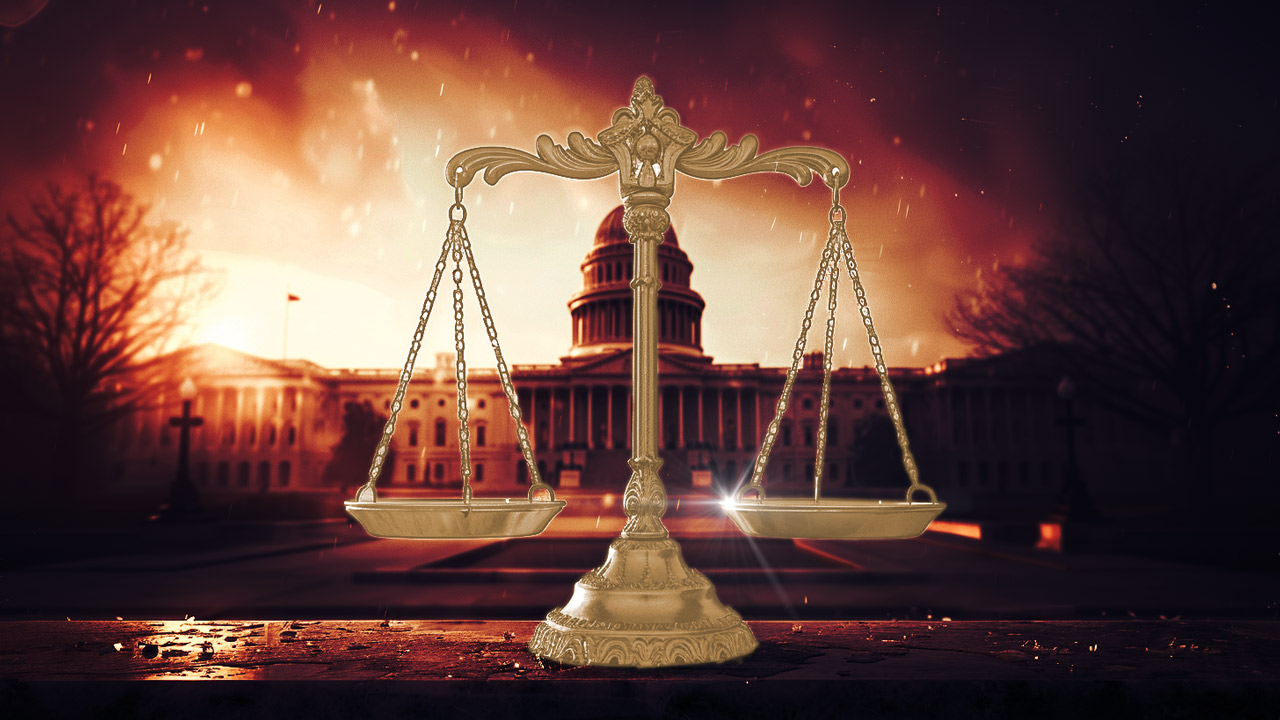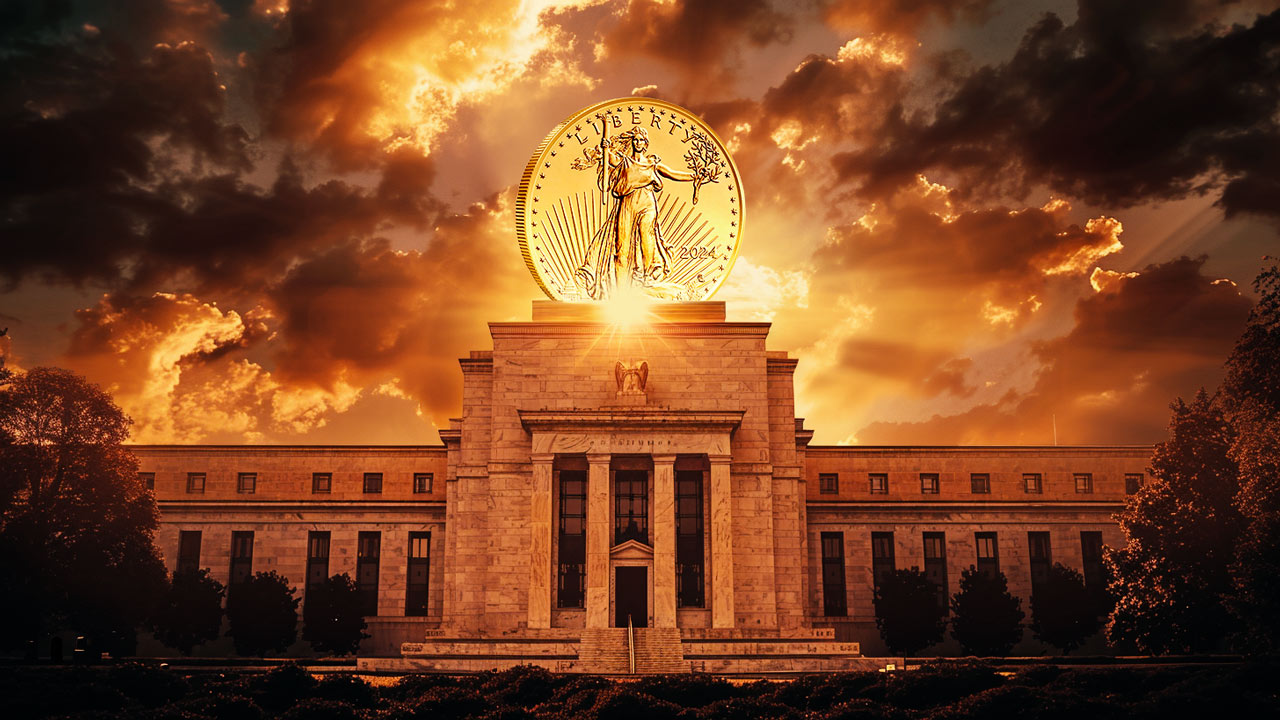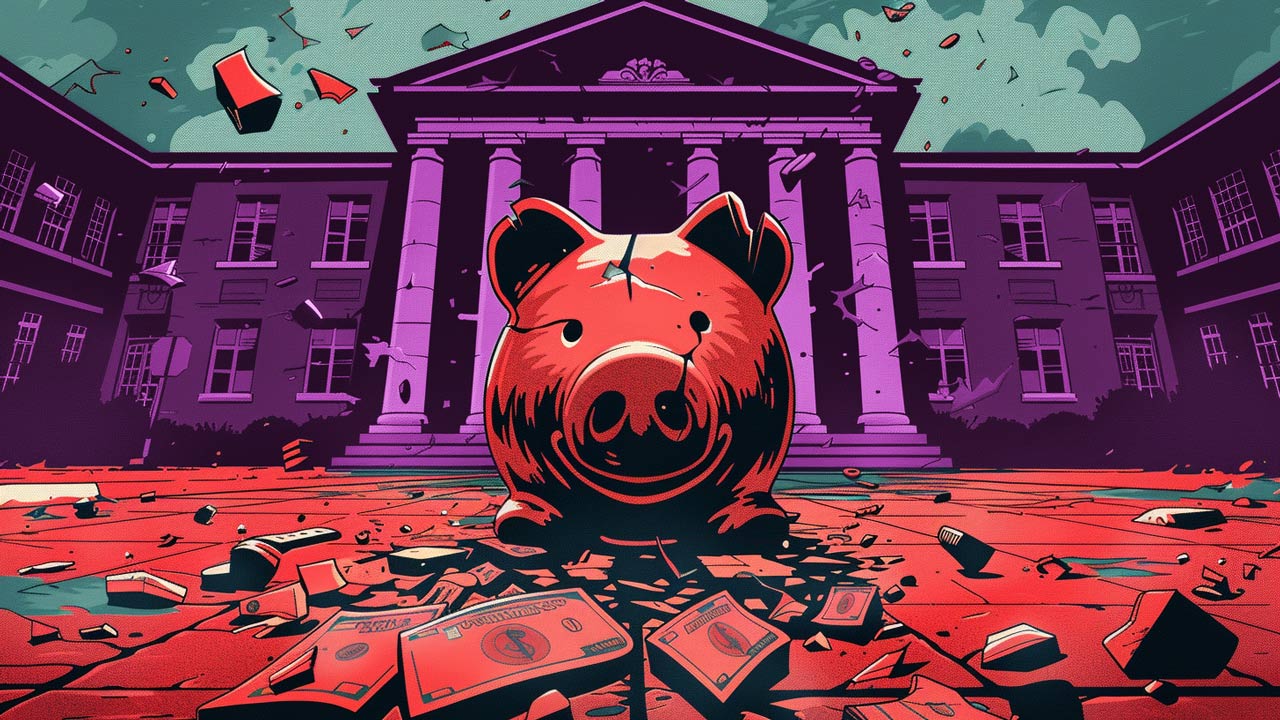If It Looks Like a Bailout and Walks Like a Bailout It’s Probably a Bailout
As the old saying goes, if it looks like a duck, walks like a duck, and quacks like a duck, it’s probably a duck.
Well, if it looks like a bailout, walks like a bailout, and talks like a bailout, it’s probably a bailout.
In the aftermath of the Silicon Valley Bank and Signature Bank failures, nobody in the Biden administration or at the Federal Reserve wants to call the actions they took a “bailout.”
But make no mistake — it was without a question a bailout.
As Peter Schiff pointed out in a podcast, “Nobody wants to admit it’s a bailout because, obviously, the bailouts were not popular, and so they want to distance themselves from that language. But this absolutely is a bailout.”
What exactly is a bailout?
Investopedia defines it this way:
A bailout is when a business, an individual, or a government provides money and/or resources (also known as a capital injection) to a failing company. These actions help to prevent the consequences of that business’s potential downfall which may include bankruptcy and default on its financial obligations.”
Of course, individuals can be bailed out as well as companies.
Bailing Out Depositors
The FDIC insures bank deposits up to $250,000. But there were a lot of accounts in both SVB and Signature Banks above that threshold. Under the Treasury Department plan, bank customers won’t lose one dime – and that includes their uninsured deposits over $250,000
On the Sunday after government regulators took over the two institutions, the FDIC created “bridge banks” to handle both insured and uninsured customer deposits. Banking regulators assured depositors that they would have full access to all of their funds.
Since the FDIC will be covering deposits that weren’t originally covered, how can you call it anything other than a bailout? The government rode in on a white horse and saved wealthy depositors who stood to lose millions in uninsured deposits with an injection of government money.
As Mises Institute senior editor Ryan McMaken pointed out in an article, the government effectively backstopped bad banking decisions made by rich people and corporate leaders. He pointed out that the $250,000 FDIC insurance already covered most average depositors.
Moreover, it is extremely easy to acquire deposit insurance on much more than $250,000 by simply keeping money at more than one bank. That $250,000 limit applies to the deposits at each bank where a depositor keeps funds. For customers with high liquidity needs, the financial sector offers tools for dealing with the risk of exceeding FDIC limits.
In an illustration of the laziness and arrogance that so characterizes our modern financial class, however, many of the wealthiest depositors at Silicon Valley Bank couldn’t be bothered with managing their deposits, and they essentially ignored the deposit-insurance rules that even a ten-year-old understands when opening his first bank account.
By bailing these people out, the government incentivizes even more lazy decision-making in the future.
And as Schiff pointed out, the bailout effectively raised FDIC protection from $250,000 to infinity.
They just set the precedent. I know they haven’t codified it into law. But they just set the precedent of bailing out the depositors of these two banks.”
Bailing Out Banks
But the Fed and the Treasury didn’t bail out banks, did they?
Well, actually, they did.
The Fed created a “Bank Term Funding Program” (BTFP) that will offer loans of up to one year in length to banks, savings associations, credit unions, and other eligible depository institutions pledging US Treasuries, agency debt and mortgage-backed securities, and other qualifying assets as collateral. Banks will be able to borrow against their assets “at par” (face value).
According to a Federal Reserve statement, “the BTFP will be an additional source of liquidity against high-quality securities, eliminating an institution’s need to quickly sell those securities in times of stress.”
In other words, the plan creates a mechanism for banks to acquire capital they couldn’t otherwise access under normal market conditions. Practically speaking, any bank teetering on the brink can get an infusion of cash based on their bond holdings without selling into the market at a big loss as SVB was forced to do.
In simple terms, any failing bank now has easy access to a cash infusion.
That, my friends, is a bailout.
So, while the government can plausibly claim it is not bailing out SVB or Signature Bank – both institutions are being allowed to go under – it is bailing out banks that are in situations similar to the one SVB and Signature Bank were in before they collapsed.
As Schiff noted in another tweet, “All the banks that were dumb enough to buy long-term Treasuries and MBS (mortgage-backed securities) when yields were at all-time record lows have now been bailed out by the Fed.”
That was a lot of banks.
McMaken sums it up.
The official propaganda coming out of the administration, and from the usual Fed fanboys, is that none of this is a bailout. That’s a lie. The new steps being taken by the Fed and by the Treasury Department’s FDIC are indeed ultimately bailouts for billionaires and other wealthy depositors. Moreover, this new program will require at least a partial return of quantitative easing. There’s no way to guarantee such huge sums of money without having to fall back on inflationary monetary policy yet again. This also means price inflation won’t be going away.”





 With the AI boom and green energy push fueling fresh copper demand, and with copper mines aging and not enough projects to match demand with supply, the forecasted copper shortage has finally arrived in earnest. Coupled with persistently high inflation in the US, EU, and elsewhere, I predict the industrial metal will surpass its 2022 top to reach a […]
With the AI boom and green energy push fueling fresh copper demand, and with copper mines aging and not enough projects to match demand with supply, the forecasted copper shortage has finally arrived in earnest. Coupled with persistently high inflation in the US, EU, and elsewhere, I predict the industrial metal will surpass its 2022 top to reach a […] America’s trust in its institutions has rapidly eroded over the past 20 years. We have a lower level of trust in our judicial system and elections than most European countries. Some of this is natural, as Americans are uniquely individualistic, but much of it arises from repeated government failures.
America’s trust in its institutions has rapidly eroded over the past 20 years. We have a lower level of trust in our judicial system and elections than most European countries. Some of this is natural, as Americans are uniquely individualistic, but much of it arises from repeated government failures. Decades of negative interest rate policy in Japan have ended. That could mean the end of the $20 trillion “yen carry trade,” once one of the most popular trades on foreign exchange markets, and a chain reaction in the global economy. The yen carry trade is when investors borrow yen to buy assets denominated in […]
Decades of negative interest rate policy in Japan have ended. That could mean the end of the $20 trillion “yen carry trade,” once one of the most popular trades on foreign exchange markets, and a chain reaction in the global economy. The yen carry trade is when investors borrow yen to buy assets denominated in […] With a hot CPI report casting a shadow of doubt on the likelihood of a June interest rate cut, all eyes are on the Fed. But they’ve caught themselves in a “damned if they do, damned if they don’t” moment for the economy — and the news for gold is good regardless.
With a hot CPI report casting a shadow of doubt on the likelihood of a June interest rate cut, all eyes are on the Fed. But they’ve caught themselves in a “damned if they do, damned if they don’t” moment for the economy — and the news for gold is good regardless.  It’s no secret that the American public is wildly ignorant of many issues that are central to the success of our nation. Just a generation ago it would have been unthinkable that less than half of the American population could recognize all three branches of government. America is in most cases far less educated about its government […]
It’s no secret that the American public is wildly ignorant of many issues that are central to the success of our nation. Just a generation ago it would have been unthinkable that less than half of the American population could recognize all three branches of government. America is in most cases far less educated about its government […]